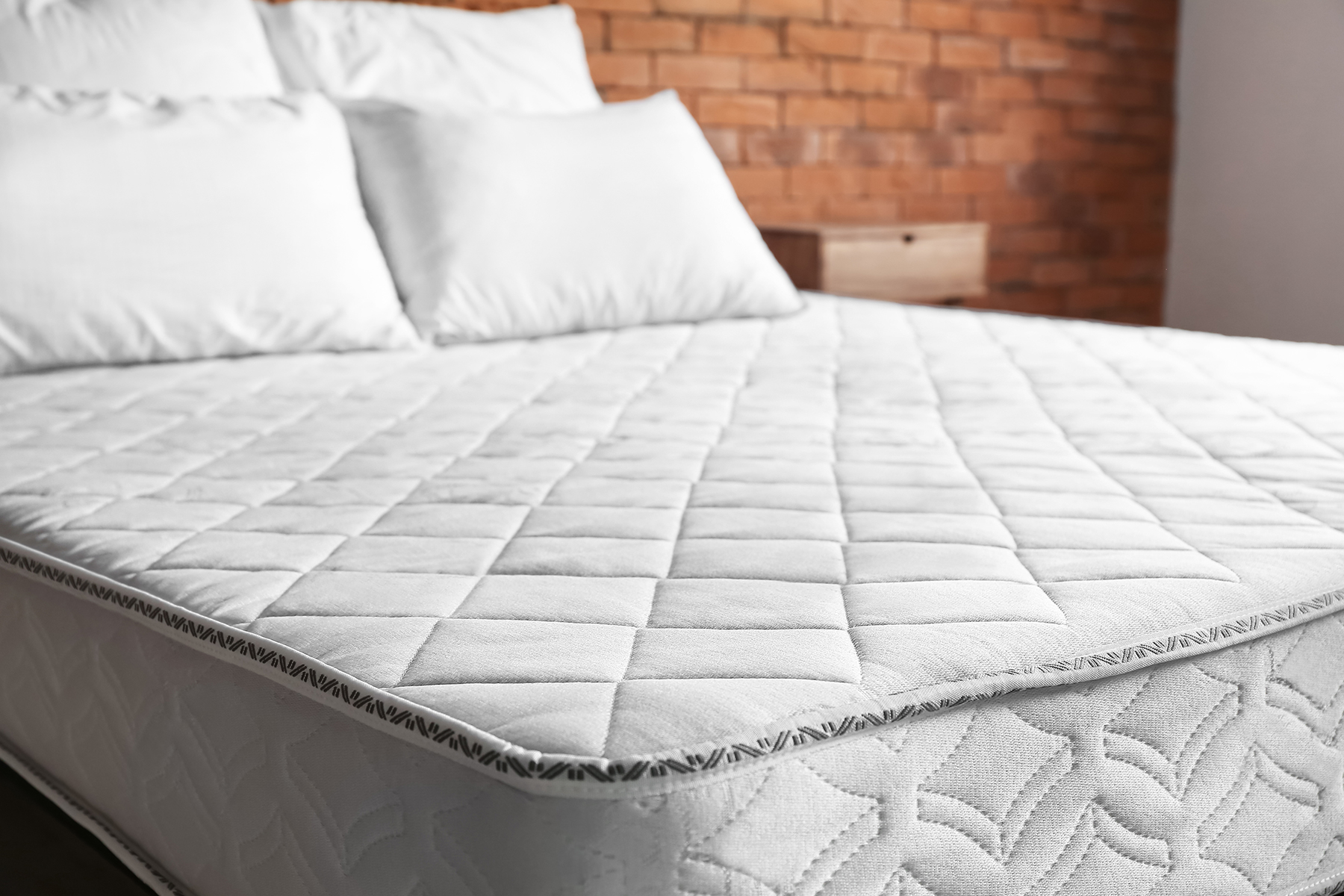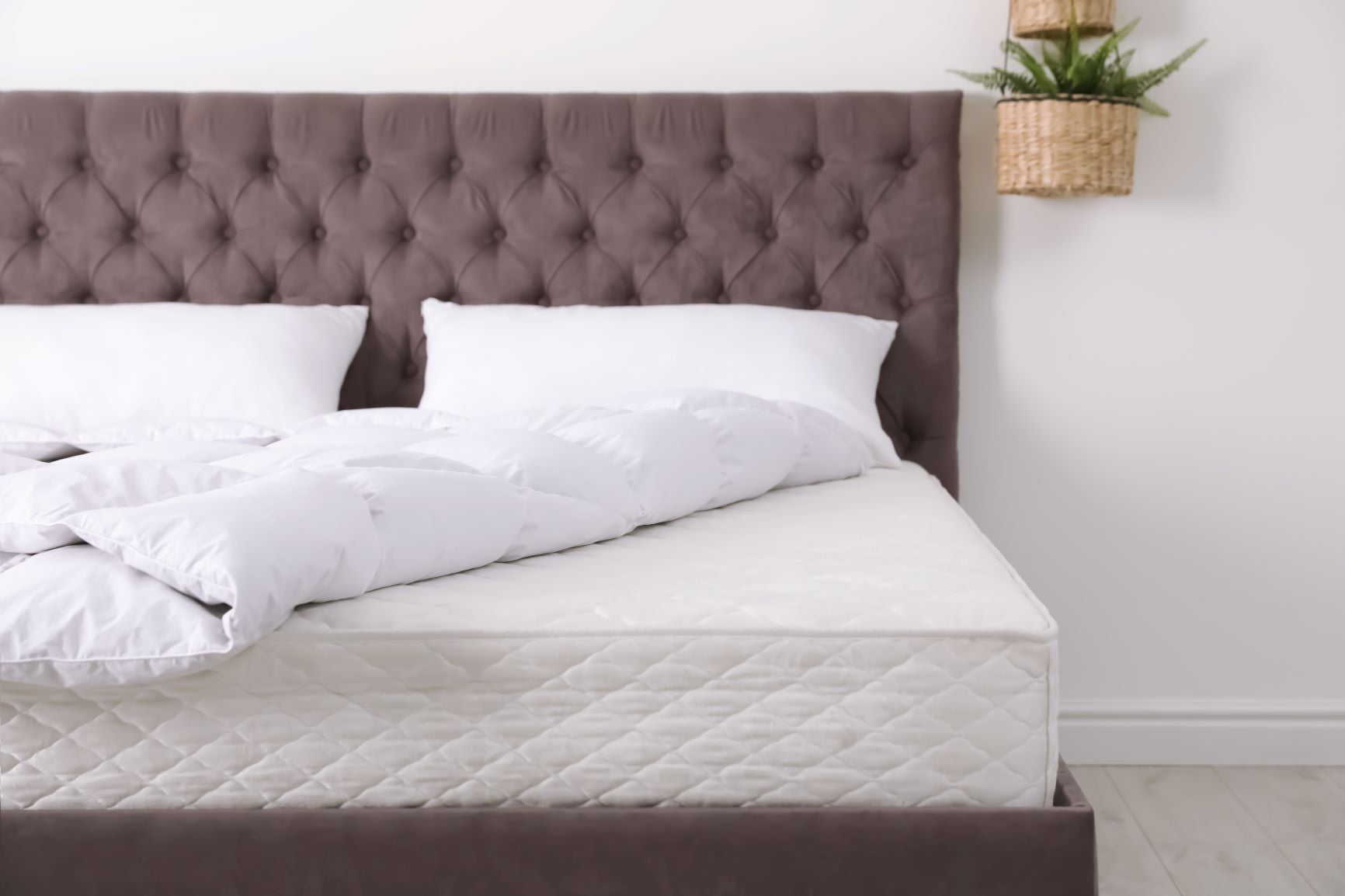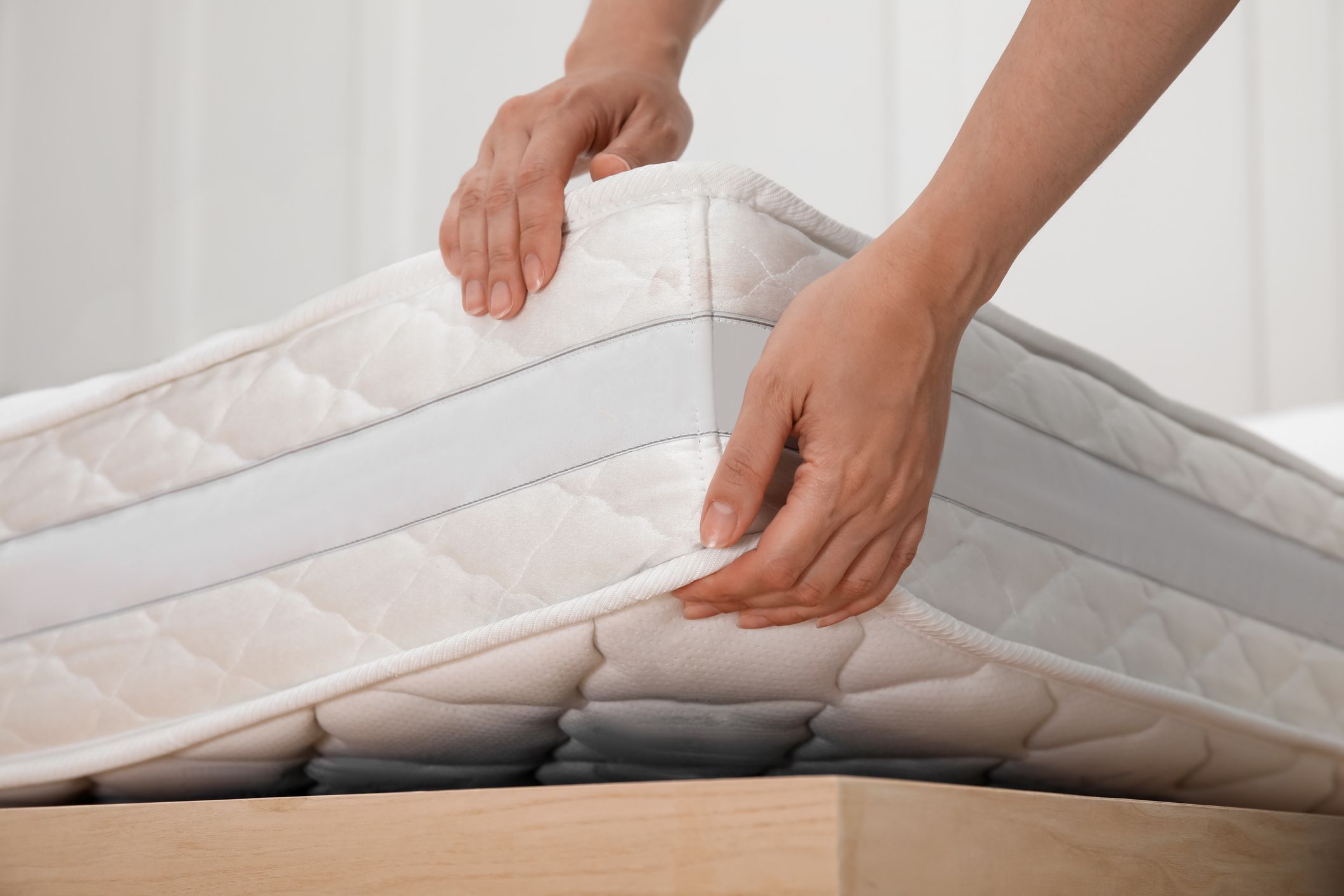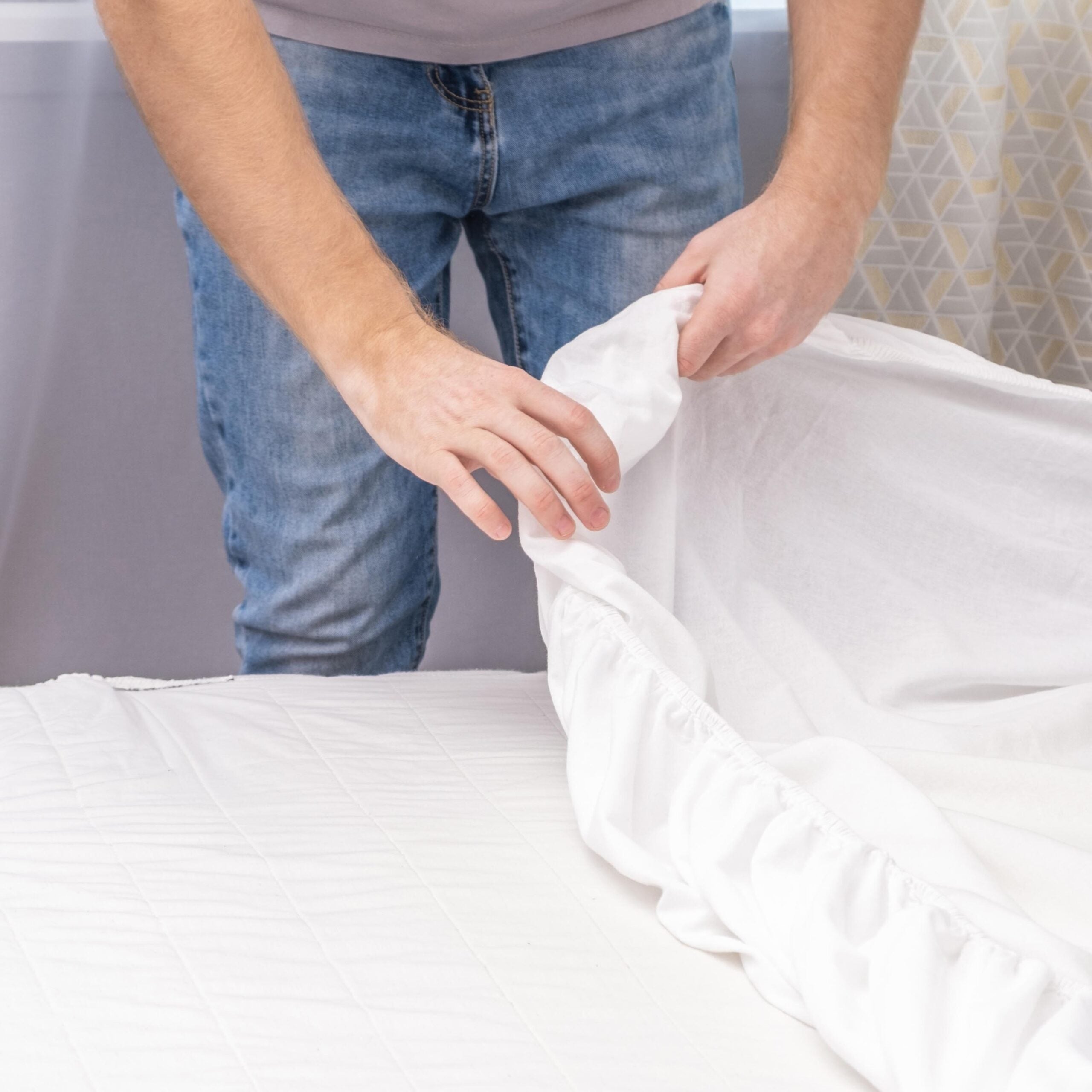Introduction
Maintaining a clean and hygienic mattress is essential for ensuring a healthy and restful sleep environment. While mattresses don’t typically require frequent washing like sheets and pillowcases, periodic cleaning can help remove allergens, dust mites, and stains, extending the life of your mattress and improving your sleep quality. Here’s a comprehensive guide on how to effectively wash your mattress:

1. Strip the Bed
Begin by removing all bedding, including sheets, blankets, duvets, and pillows. Wash these items according to their care labels, ideally using hot water to kill dust mites and bacteria.
2. Vacuum the Mattress
Using the upholstery attachment on your vacuum cleaner, thoroughly vacuum the surface of the mattress. Pay special attention to seams and crevices where dust, dirt, and debris tend to accumulate. Vacuuming helps remove loose particles and prepares the mattress for deeper cleaning.
3. Spot Cleaning
For stains or spots, create a cleaning solution by mixing equal parts cold water and a mild detergent (a gentle dish soap or a solution specifically designed for cleaning upholstery works well). Dip a clean, white cloth into the solution and gently blot the stained area—never rub, as this can spread the stain or damage the fabric. After treating the stain, use another damp cloth with plain water to remove any soapy residue, and then blot dry with a clean towel. Allow the area to air-dry completely before proceeding.
4. Deep Cleaning
While professional steam cleaning is recommended for a thorough deep clean, you can attempt a DIY version with caution. Using a handheld steam cleaner, gently go over the mattress surface, being careful not to saturate the mattress as excessive moisture can lead to mold growth. Ensure your mattress is completely dry before remaking the bed; this may take several hours or even a full day.
5. Deodorizing
To freshen up your mattress, sprinkle baking soda evenly across the surface. Baking soda is a natural deodorizer that absorbs odors and moisture. Let it sit for at least a few hours or, ideally, overnight. Vacuum the mattress again to remove the baking soda thoroughly.
6. Sunlight Exposure
Weather permitting, airing out your mattress in direct sunlight can naturally sanitize and freshen it. The UV rays from the sun have disinfecting properties and can help kill off bacteria and allergens. However, be cautious not to leave the mattress out too long, especially if it’s a memory foam or latex mattress, as prolonged exposure to heat can damage the material.
7. Preventive Measures
To keep your mattress clean in the long term:
- Use a mattress protector: A waterproof and breathable cover can shield your mattress from spills, stains, and allergens.
- Rotate and flip: Regularly rotating and flipping your mattress (if applicable) can help distribute wear evenly and extend its life.
- Vacuum regularly: Incorporate vacuuming your mattress into your cleaning routine every few months.
- Handle spills immediately: Blot spills right away with a clean, damp cloth to prevent stains from setting.
By following these steps, you can effectively clean your mattress, creating a healthier and more comfortable sleeping environment. Remember, investing time in proper maintenance can significantly enhance the longevity and hygiene of your mattress.
8. Addressing Specific Stains
Different types of stains may require specific cleaning approaches:
- Blood Stains: Treat blood stains with cold water and a mild detergent mixture. Avoid using hot water, as it can set the stain. Blot gently until the stain lifts.
- Urine Stains: Mix equal parts white vinegar and water, apply to the stain, and let it sit for a few minutes before blotting with a clean cloth. Follow with a mild detergent solution and rinse with cold water. Vinegar helps neutralize the odor.
- Perspiration Stains: Create a paste with baking soda and water, apply it to the affected area, and let it sit for an hour before vacuuming it off. This helps absorb moisture and odors.
- Mold or Mildew: If you notice mold or mildew, mix a solution of one part bleach to four parts water and apply carefully with a spray bottle, ensuring the room is well-ventilated. Let it sit for a few minutes, then blot with a clean, damp cloth and dry thoroughly. It’s crucial to address the source of moisture to prevent recurrence.
9. Mattress Sanitization
For an added layer of sanitization, you can use a fabric-safe disinfectant spray after cleaning. Look for products with EPA-approved ingredients known for their antibacterial and antiviral properties. Be sure to follow the manufacturer’s instructions and test a small, inconspicuous area first to avoid discoloration or damage.
10. Mattress Storage
If you need to store your mattress, ensure it’s completely clean and dry before doing so. Wrap it in a breathable, waterproof cover to protect it from dust, moisture, and pests during storage. Store the mattress flat or upright to prevent warping or deformation. Avoid storing heavy objects on top, and if possible, store it in a cool, dry place.
11. Professional Cleaning Services
In some cases, particularly for deep-set stains, persistent odors, or extensive soiling, it might be best to call in professional cleaning services. Professionals have specialized equipment and cleaning solutions that can provide a more thorough and effective clean without damaging the mattress.
12. Frequency of Cleaning
A general rule of thumb is to give your mattress a deep clean at least twice a year. However, spot cleaning should be done as soon as stains occur, and regular vacuuming can be incorporated into your monthly cleaning routine.
By adhering to these detailed steps and adopting preventive measures, you’ll not only maintain a clean and fresh mattress but also contribute positively to your overall health and sleep quality.
13.Drying Techniques
Proper drying is crucial to prevent mold and mildew growth:
- After any form of cleaning, ensure the room is well-ventilated to facilitate drying. Open windows and use fans if necessary.
- For faster drying, you can use a hairdryer on a cool setting, moving constantly to avoid overheating any one area.
- Placing a clean, dry towel over the damp area and pressing down gently can also help absorb excess moisture.
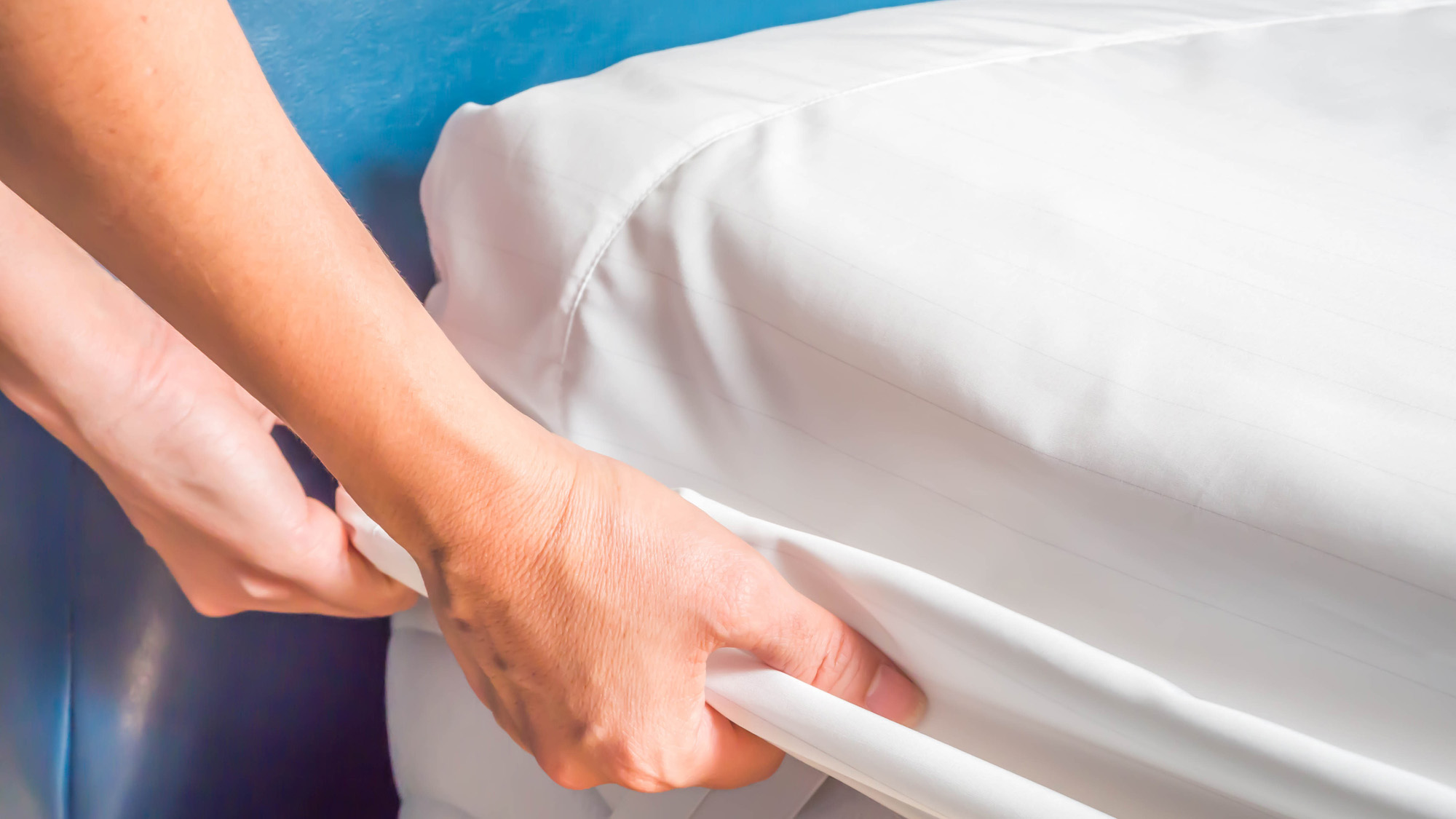
Final Tips
- Always check your mattress warranty before attempting any cleaning method, as some products or techniques could void the warranty.
- Avoid using harsh chemicals or abrasive cleaners, which can damage the fabric or inner materials.
- Keep pets and children off the mattress during the cleaning and drying process to prevent accidents or recontamination.
By implementing a regular cleaning regimen and taking preventive measures, you can enjoy a fresh, clean, and comfortable sleeping environment for years to come.
